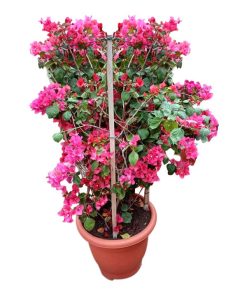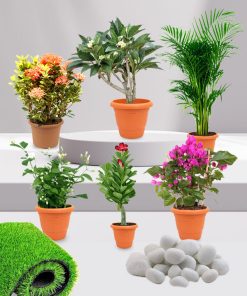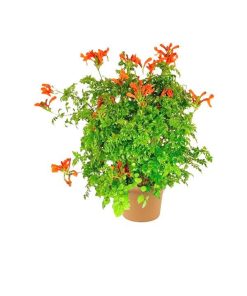Drosera Aliciae Plantsworld.ae
د.إ 75,00 د.إ 37,50
ABOUT THE PLANT
Drosera aliciae, commonly known as Alice sundew or Alicia’s sundew, is a carnivorous plant belonging to the Droseraceae family. It is native to the southwestern region of Australia. Here are some key characteristics of Drosera aliciae:
-
Rosette Form: Drosera aliciae typically forms a low-growing rosette of leaves. The leaves are arranged in a circular pattern close to the ground, and each leaf is covered in glandular tentacles.
-
Tentacle Arrangement: The leaves of Drosera aliciae are covered in numerous, reddish tentacles. These tentacles secrete a sticky mucilage that serves to capture and immobilize insects. The tentacles are positioned all over the leaf surface.
-
Sticky Traps: The glandular tentacles on the leaves act as sticky traps to catch insects. Insects are attracted to the plant by the shiny, sticky mucilage, which they mistake for a source of food. Once an insect lands on the leaf, it becomes stuck, and the tentacles curl around it, ensnaring the prey.
-
Digestive Enzymes: Drosera aliciae, like other sundew species, produces digestive enzymes that break down the captured insects. This enables the plant to absorb essential nutrients, such as nitrogen and phosphorus, from the insect prey.
| Size | 10-15 cm |
|---|---|
| Pot | Nursery Plastic Pot, White Ceramic Pot |
Fast Shipping & Professional Packing
We are able offer many shipping options thanks to our long-term partnership with UPS FedEx DHL. Our warehouse staff is highly educated to pack your items exactly as per the specifications we offer. Your items will undergo an extensive inspection and will be securely secured prior to being delivered. We ship to thousands clients every day in a variety of countries. This shows our commitment to becoming the biggest retailer online in the world. The distribution centers and warehouses distribution are in Europe, as well as the USA.
Orders with more than one item are assigned processing times for each item.
We will thoroughly inspect all products before they are shipped. The majority of orders will be shipped within 48 hours. Delivery is expected to take between 3 and 7 days.
Returns
Stock is dynamic. It's not completely managed by us since we are involved with multiple parties such as the factory and the storage. So the actual stock may alter at any time. Please understand it may happen that your order will be out of stock once your order has been made.
Our policy is valid for 30 days. If you don't receive the product within the 30 days period, we're not able to issue the option of a refund or exchange.
The item cannot be used and in the original packaging. The item must be in its original packaging.
Related products
Outdoor Plant
Outdoor Plant
Outdoor Plant
Outdoor Plant
Outdoor Plant
Outdoor Plant
Outdoor Plant
Outdoor Plant
Outdoor Plant
Outdoor Plant
Outdoor Plant
Outdoor Plant
Outdoor Plant
Outdoor Plant
Outdoor Plant































































